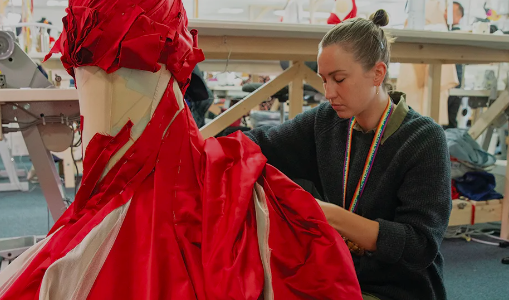
Costume design, an integral part of the visual storytelling in film, television, theater, and other performing arts, is a craft that extends beyond mere clothing choices. This extensive exploration delves into the multifaceted world of costume design, unraveling its meaning, the diverse roles of costume designers, and the invaluable benefits they bring to the creative process. From historical perspectives to contemporary challenges and innovations, this guide offers a comprehensive understanding of the artistry and significance of costume design.







